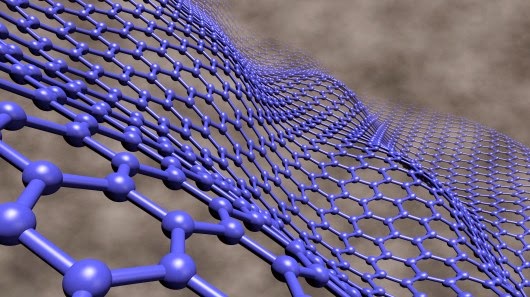Advances in Material Lead to Significant Improvement in Supercapacitor Efficiency

Renewable energy and environmental conservation greatly benefit from the use of supercapacitors due to their quick energy storage and release capabilities. Recent developments, such as oxygen vacancies engineering, have boosted the electrochemical performance of metal oxides for more efficient supercapacitor electrodes. This progress is highlighted in recent research which demonstrates how these materials can potentially enhance supercapacitor technology. Credit goes to the Higher Education Press.
Supercapacitors, also referred to as ultracapacitors or electric double-layer capacitors (EDLCs), are a type of advanced energy storage device with unique properties. They stand apart from traditional batteries as they store energy via the electrostatic separation of charges at the boundary between the electrolyte and an electrode with a high surface area. Their design allows for very fast energy storage and release, making them ideal for providing high-power bursts and exhibiting extraordinarily long cycle life.
These supercapacitors are integral to both renewable energy and environmental conservation. As part of renewable energy systems, supercapacitors function as vital components for storing and delivering energy. Their rapid energy storage and release capabilities allow them to balance intermittent energy sources, such as solar and wind power, and provide a steady, reliable energy supply.
With regards to environmental conservation, supercapacitors shine as eco-friendly alternatives to conventional energy storage devices. They exhibit long cycle life, quick charging/discharging capabilities, and have a lower environmental impact, making them an eco-conscious choice. They contribute to the transition towards cleaner transportation systems, such as electric vehicles and hybrid systems, aligning with worldwide efforts to curb carbon emissions and address climate change. Overall, supercapacitors significantly assist in the progress of sustainable energy solutions and eco-friendly practices.
In recent times, the technique of oxygen vacancies engineering is increasingly recognized as a powerful method for improving the electrochemical performance of metal oxides when used in supercapacitors. Prof. Jianqiang Bi’s team recently produced NiFe2O4−δ, abundant in oxygen vacancies, through a heat treatment process within an activated carbon bed, building on the foundation of hydrothermal-synthesized NiFe2O4. Their detailed procedure resulted in the NiFe2O4−δ, displaying superior conductivity and an amazing 3.7-fold increase in capacitance compared to its NiFe2O4 equivalent.
The noticeable improvement in electrochemical properties emphasizes the crucial part oxygen vacancies play in enhancing the performance of metal oxides. Their findings greatly support the idea that the intentional introduction of oxygen vacancies can greatly improve the electrochemical properties of metal oxides, thereby making them promising materials for supercapacitor electrodes. This new understanding provides opportunities for potential uses in energy storage and shows the significant effect of oxygen vacancy engineering on the creation of high-performance supercapacitors.




